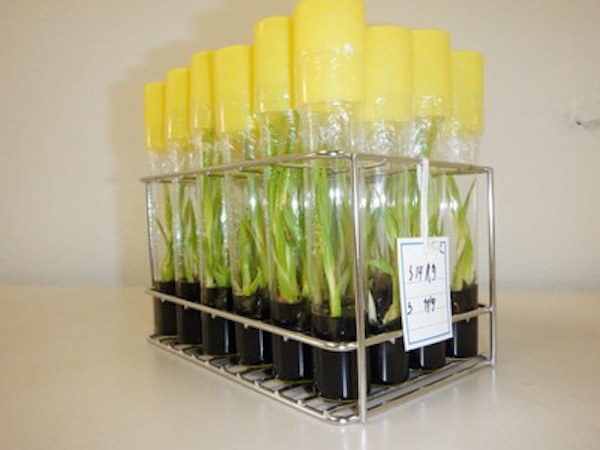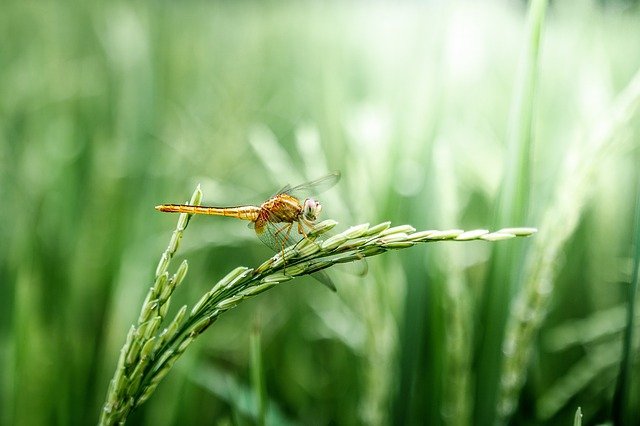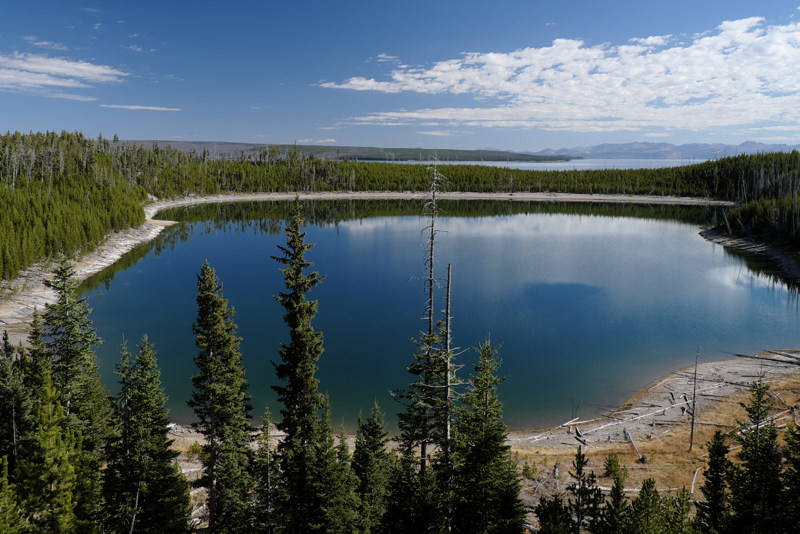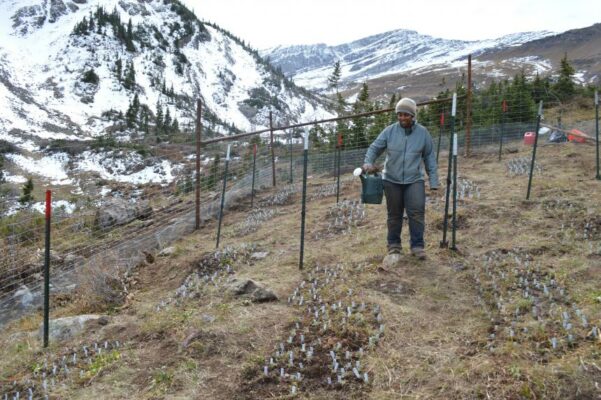
Most organisms follow a timetable – when to reproduce, when to migrate, so on so forth! The timing of such key periodic life events is known as phenology and is crucial for organism’s survival and their contributions to ecosystem functions. One of the most reported responses of organisms to contemporary climate change is shifts in their phenology. Ecologists have already shown that phenology of many plants are advancing due to climate change, for instance, many plants are flowering earlier during the growing season. But little was known how plant phenological changes aboveground matches with plant phenological changes belowground due to climate change.













